Pick some of your favorite topics and innovate on November 8! Celebrate National STEM (and STEAM!) Day with your class. Looking for ways to make the most of the day? Start with a single podcast and stretch out the experience with some hands-on fun! There are plenty of resources to support you in your efforts.
For those who may not yet be in the know, STEM involves teaching students in four areas — science, technology, engineering, and math – in an interdisciplinary (and very hands-on!) way. STEAM simply takes those areas and brings in the arts as well. And that doesn’t mean just adding some art; but rather, also incorporating liberal arts – language arts, social studies, even fine arts and music!
Focus on Famous Folks
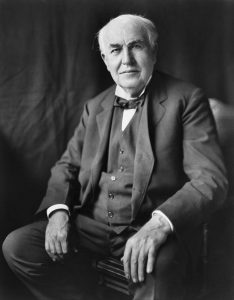 There are a number of biographies of scientists and other innovators that you could introduce for your STEM studies! The original STEM practitioner, Thomas Edison (5-#16, STEM-#9, Complete-#162) is a perfect pick! Extend your study by engaging your students in some innovation of their own, by way of a design challenge, like building a boat or creating a tower.
There are a number of biographies of scientists and other innovators that you could introduce for your STEM studies! The original STEM practitioner, Thomas Edison (5-#16, STEM-#9, Complete-#162) is a perfect pick! Extend your study by engaging your students in some innovation of their own, by way of a design challenge, like building a boat or creating a tower.
An equally interesting subject for STEAM study is none other than painter, sculptor, architect, engineer, and scientist Leonardo DaVinci (5-#26, STEM-#4). Explore lesson ideas and get inspired to create some center activities using a resource and activity book on DaVinci. Finally, learn more about DaVinci without leaving your classroom. Just take a virtual field trip!
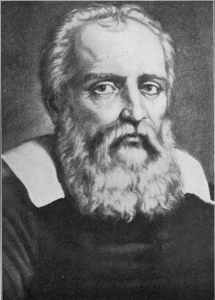 Are you interested in taking your study of innovators a bit further? You can extend your students’ educational experience by addressing additional significant figures from the same historical era. Simply make use of some other Walking Classroom podcasts. Renaissance Artists (5-#25) or Galileo Galilei (5-#24, STEM-#5, Complete-#165) are two choices.
Are you interested in taking your study of innovators a bit further? You can extend your students’ educational experience by addressing additional significant figures from the same historical era. Simply make use of some other Walking Classroom podcasts. Renaissance Artists (5-#25) or Galileo Galilei (5-#24, STEM-#5, Complete-#165) are two choices.
And Wait . . . There are More!
There are even more folks The Walking Classroom can help you explore. Introduce your students to William Morris Davis (4-#26, STEM-#24, Complete-#160), known as the “Father of American Geography”. Learn about landforms and the role the elements played in their creation. Support your study with a hands-on activity or a series of stations addressing the five types of erosion.
Or why not check out Gabriel Fahrenheit (4-#25, STEM-#6, Complete-#164)? It’s easy to incorporate some temperature and thermometer activities to bring the lesson to life!
Explore Some Modern-Day Scientists
Take advantage of the Science Career Series, recorded with scientists from the North Carolina Museum of Natural Sciences. These 16 podcasts are part of all three of The Walking Classroom’s Programs, and can also be found (for free!) on iTunes. Best of all, several of these lend themselves quite easily to some hands-on extension activities.
- Bob Alderink (4-#90, 5-#96, STEM-#51)
- Julia Stevens (4-#102, 5-#108, STEM-#58)
- Chris Tacker (4-#103, 5-#109, STEM-#48)
- Ben Hess (4-#97, 5-#103, STEM-#59)
- Paul Brinkman (4-#93, 5-#99, STEM-#50)
Family Fun!
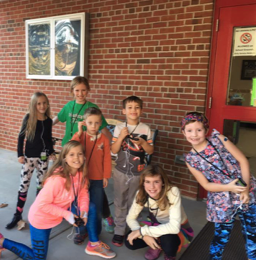 Sometimes it’s great to get not just the students, but the whole family involved! Send home a simple experiment or activity to support the focus of the podcast used in class. Better yet, invite parents and siblings to celebrate at a STEM (or STEAM) centered night and give them an opportunity to experience The Walking Classroom!
Sometimes it’s great to get not just the students, but the whole family involved! Send home a simple experiment or activity to support the focus of the podcast used in class. Better yet, invite parents and siblings to celebrate at a STEM (or STEAM) centered night and give them an opportunity to experience The Walking Classroom!
Select two or three podcasts. Then set up an array of “centers” in the school gym or multi-purpose space. Have your class set of WalkKits on hand so families can walk, listen, and learn. Allow time for small group discussion, then follow up with some family-friendly hands-on activities!


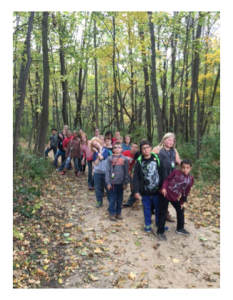
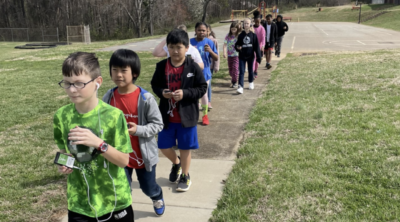
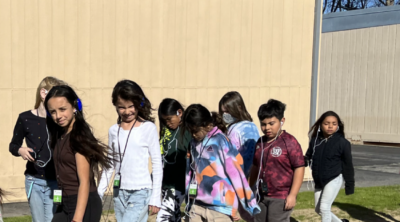
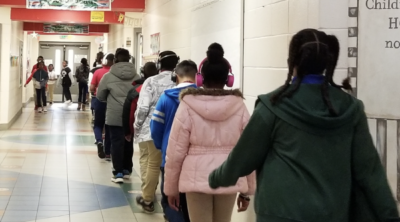
Leave a Reply